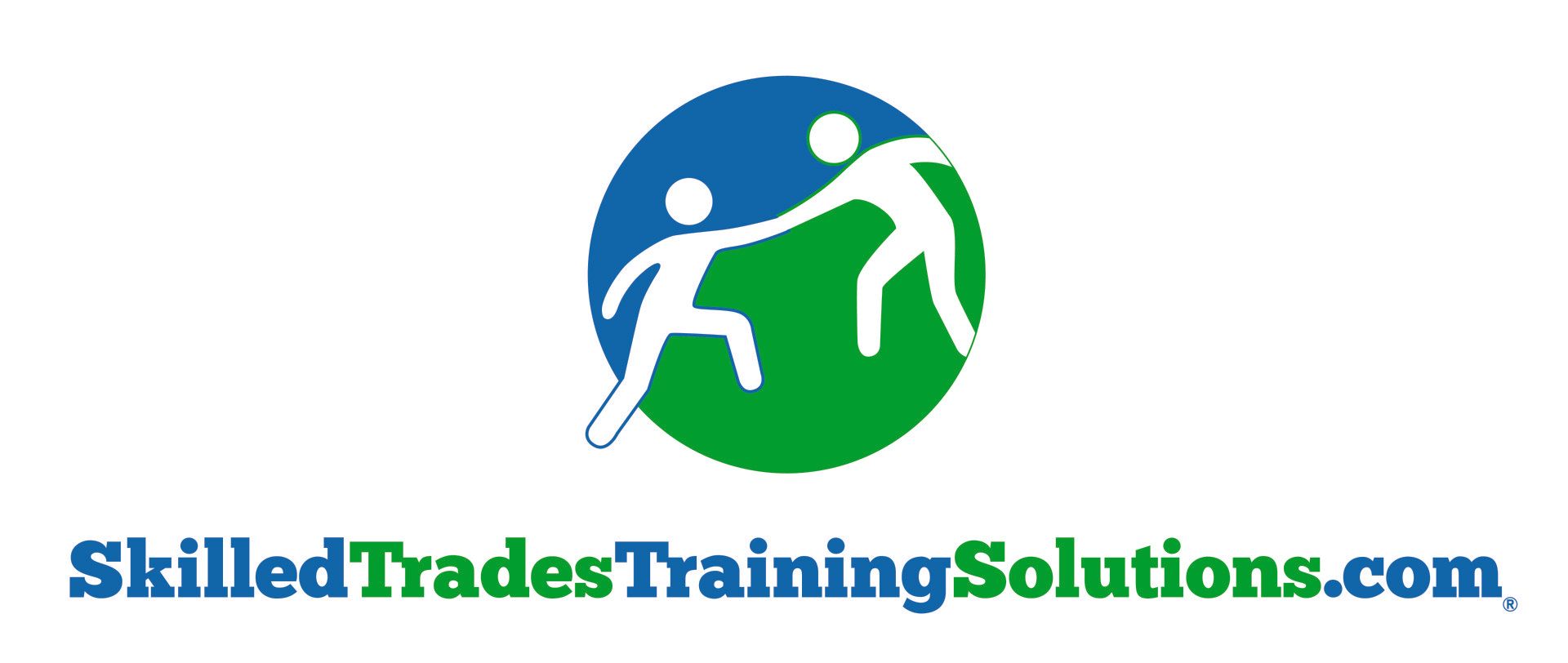Electrical Customizable Training
Electrical
You specialize in carpentry, we specialize in training.
Together, we can build your next generation of skilled trade professionals.
Your School Starts Here
Electrical work is the backbone of a functioning society. Electricians are those who install, connect, perform maintenance, and test out wiring systems such as power, lighting, and security systems. Our electrical program focuses not only on these important skills, but it aims to create skilled electricians who look out for the safety of their clients. Students receive tablets and textbooks to aid them while finishing their online courses before becoming an apprentice through on-the-job training. The program aims to build student awareness on workforce hazards, skilled electrician techniques, tool safety, electrical codes, and proper terminology.
Throughout the program, students study basic electrical and safety information along with specific tool safety, electrical box instruction, and a guide on electrical codes and symbols. Each course includes several lessons with slideshows, videos, and practice questions to advance their knowledge before taking a quiz that allows them to pass the course. Students with high motivation, determination, and the ability to succeed move on from the online courses to a paid, on-the-job training program to get them integrated in the workforce of their choice.
Excellent for Entry Level - Journeyman Level
Program Objectives:
At the successful completion of the program curriculum, students will be able to:
- Demonstrate broad knowledge of electrical and electronic engineering technology practices to support design and installation.
- Apply basic mathematical skills for technical purposes.
- Identify the electrician apprenticeship training requirements and responsibilities.
- Read common construction drawings and plans.
- Apply electrical safety practices and wear personal protective equipment.
- Apply electrical and circuit theory, measurements, and knowledge of schematic tasks.
- Implement the National Electrical Code information properly.
- Properly bend, cut, ream, and thread conduit.
- Accurately select and install different types of raceways and fittings.
- Correctly build a low voltage and coax cable.
- Select and install conductors.
- Interpret electrical drawings, lighting plans, and power riser diagrams.
- Properly use various types of electrical test equipment.
Course List:
Electrical PACT
Electrical Safety
Practical Skills Assignments
Electrical Careers in Residential, Commercial, and Industrial
Residential Work
Tools and PPE
Electrical Symbols
Electrical Testing Devices
Electrical Theory
Tools for Measurement
Electrical Wiring
Grounding & Insulation
Conduit
Lock Out Tag Out
NEC Codes
NEC Electrical Terms
NEPA 70 & 70B
OHM's Law
Circuits - Open & Direct
Raceway System
Renewable Energy
GCFI
Rough In
Electrical Basics
Electrical Careers - Residential and Commercial
Conductors Used in Commercial Electrical Work
o Overview of the Electrical Trade
Math
· Area for the Skilled Trade Professional- Squares, Rectangles, and Triangles
· Quiz: Area of Squares, Rectangles, and Triangles
· Perimeter for the Skilled Trade Professional- Squares, Rectangles, and Triangles
· Quiz: Perimeter
· Circles: Area, Radius, Diameter, Pie
· Quiz: Circles- Area, Radius, Diameter, Pie
· Volume for the Skilled Trade Professional- Rectangular Solids
· Quiz: Volume of Rectangular Solids
· Volume for the Skilled Trade Professional- Cubes
· Quiz: Volume of Cubes
· Volume for the Skilled Trade Professional- Cylinders
· Quiz: Volume of Cylinders
· The Inch in Fractions
· Fraction Practice
· Tape Measure and Fractions Quiz
· Whole Numbers and Rounding to the Thousands Place
· Whole Numbers Quiz
· Decimals- Adding, Subtracting, Multiplying and Dividing
· Decimal Quiz
Risk Assessment in the Workplace
Overview: In this lesson, you will learn how to prepare for risks and avoid hazards in the workplace to create a safe space for all employees.
Objectives: Students will demonstrate understanding of the following concepts through discussion, assignments and quizzes.
- Identify risks and hazards in the workplace
- Be able to take control measures
- Know how to write up an accident report
- Identify risk management techniques
- Create a disaster recovery plan
Work Essential Skills – Effective Communication
Overview: This lesson explores the benefits of effective communication.
Objectives: Students will demonstrate understanding of the following concepts through discussion, assignments and quizzes.
- Explore the importance of effective communication at work with coworkers, customers and supervisors
- Identify different types of communication.
- Identify how eye contact plays a role in communication.
- Identify how appearance and body language play a role in communication.
- Identify examples of good listening skills.
- Identify examples of poor listening skills.
- Explore the importance of being an attentive listener at work for customers, coworkers and supervisors.
- Identify good listening skill habits.
- Define feedback as it relates to good listening.
- Identify how feedback can be used to check for understanding.
- Identify note taking as a strategy to check for understanding.
- Explore potential distractions that can interfere with communication and listening.
- Identify internal and external distractions.
- Identify nonverbal communication examples such as eye contact, body language, a smile, nod, etc
- Identify communication skills supervisors should possess and how to begin using them as a helper
- Understand how maintaining a positive attitude affects communication
Communication Strategies in the Workplace
Overview: In this lesson, you will learn of the effectiveness of communication in the workplace. Through different strategies, it will be clear how a well-communicating workplace is more successful.
Objectives: Students will demonstrate understanding of the following concepts through discussion, assignments and quizzes.
- Understand the meaning of communication
- Identify different ways that communication occurs
- Identify barriers to communication and how to overcome them
- Develop nonverbal communication skills
- Adopt appreciative inquiry as a communication tool
Customer Communication Essentials
Overview: Expert communication skills and exceptional customer support go hand-in-hand. Whether you’re answering questions, resolving problems, or developing rapport with customers—a positive experience starts with friendly, empathetic, and effective communication.
Objectives: Students will demonstrate understanding of the following concepts through discussion, assignments and quizzes.
- Learn how to improve the customer experience
- Become a better listener and communicator
- Understand how to begin and end conversations with customers
- Identify a customer’s needs
- Practice how to have a successful real-world customer conversation
·Safety for Skilled Trade Professionals:
o Manual Lifting
o Manual Lifting Quiz
o Stairway Safety
o Fall Prevention
o Back Injury Prevention
o Material Handling
o Scaffolding Safety
o Ladders
o Step Ladders
o General Safety Quiz
o Horseplay
o Repetitive Motion
o Hand Tools
o Motor Vehicle Safety
o Final Quiz
o Fire Extinguishers and Prevention
o Flammable Liquids
o Oxy Acetylene
o Chemical Safety
o PPE Quiz
o Respiratory Protection
o Eye Protection
o Ear Protection
o Head Protection
o PPE Introduction and First Aid Basics
o Test and Survey
o Housekeeping
o Working in Confined Spaces
o Working in the Cold
o Working in the Heat


